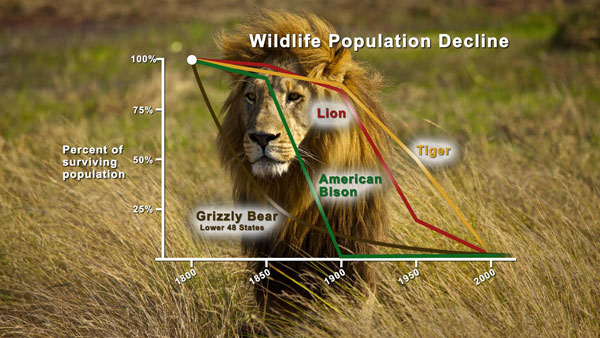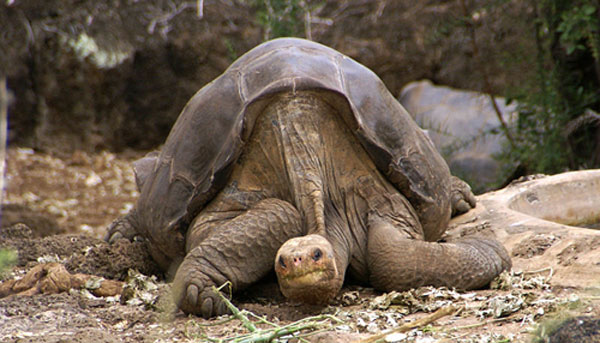
We are the most dangerous species of life on the planet, and every other species, even the earth itself, has cause to fear our power to exterminate. But we are also the only species which, when it chooses to do so, we'll go to great effort to save what it might destroy.
~Wallace Stegner
According to the International Geophysical Union, we are now living in the Anthropocene Era, a period dating from the first emigration of homo sapiens from Africa 40,000 years ago. Unlike any other period in the history of the world, this geologic era is unique because one species – homo sapiens - has the power to determine the future of all other species - indeed all of life - on the planet.

With 7 billion people now on-board, we are witnessing the profound impacts of human dominance of the planet. Alarmingly, we are losing one species every three minutes in an event biologists are calling the Anthropocene Extinction, which joins five other mass extinctions, the best known being the disappearance of dinosaurs 65 million years. At this rate – 1,000 to 10,000 times above the natural background rate of extinction as many as 30 to 50 percent of all species may be exterminated by 2050.
The convention on Biological Diversity estimates that 25% of mammal species are threatened with extinction, 31 bird species, 127 kinds of amphibians, 43 varieties of fish are wiped out. Countless invertebrates and plants, many unknown to science, are being lost in an event now know at the Sixth Great Extinction.

The International Union for the Conservation of Nature maintains the
Red List,
the world’s most comprehensive record of extinct and endangered species.
This is a big deal because the abundance of species on this planet – thought to be 8-10 million although less than 2 million species have been identified – is the foundation of all biodiversity, and biodiversity is the foundation of life on earth. It is the variety of species and their habitats that form healthy ecosystems we depend on for everything from food and water, to flood and disease control, to nutrient cycling and climate stability. As species are driven to extinction, this complex web of life unravels. As E.O. Wilson warns: “Biodiversity is the totality of all inherited variation in the life forms of Earth, of which we are one species. We study and save it to our great benefit. We ignore and degrade it to our great peril.”
But there is another potential to the Anthropocene Era, and one that is just as profound. Human beings can chose to preserve the species with whom we share this planet. Since the current cascade of extinctions is mostly related to the destruction of habitat, we must choose to protect the core habitats and connective corridors that allow healthy populations of wildlife – and all those species they are joined to – to thrive on this crowded and changing planet. That’s what Wild Ways is all about!
